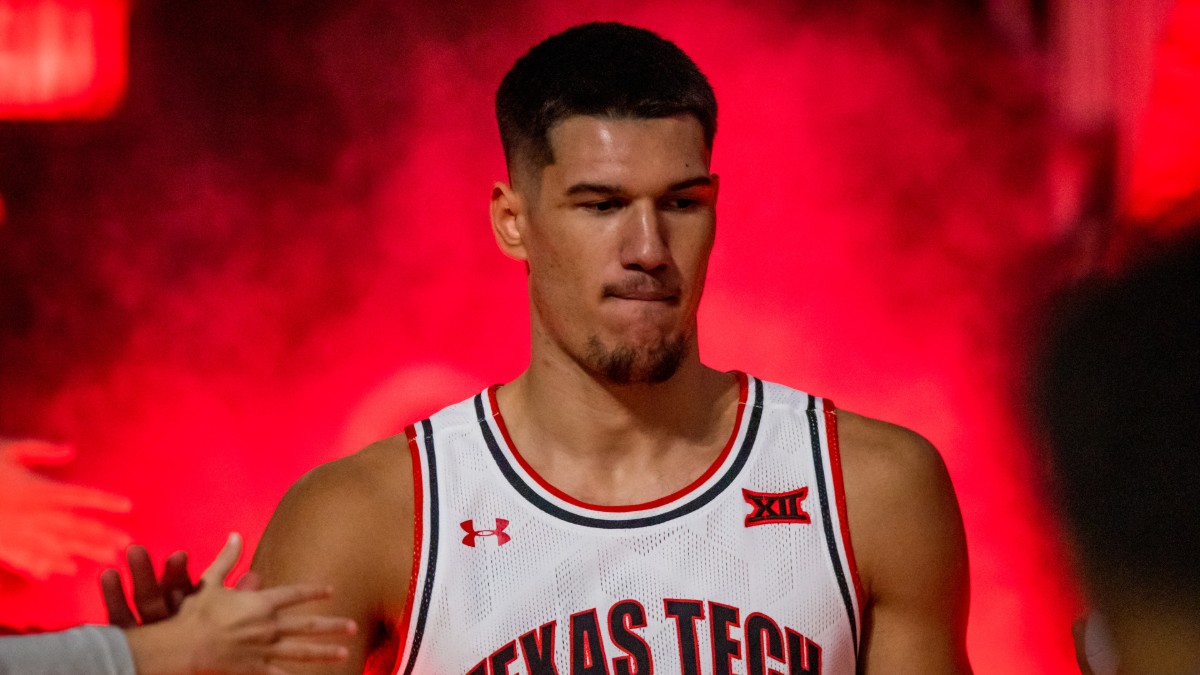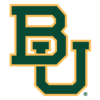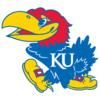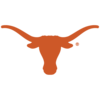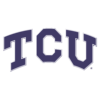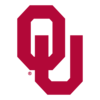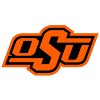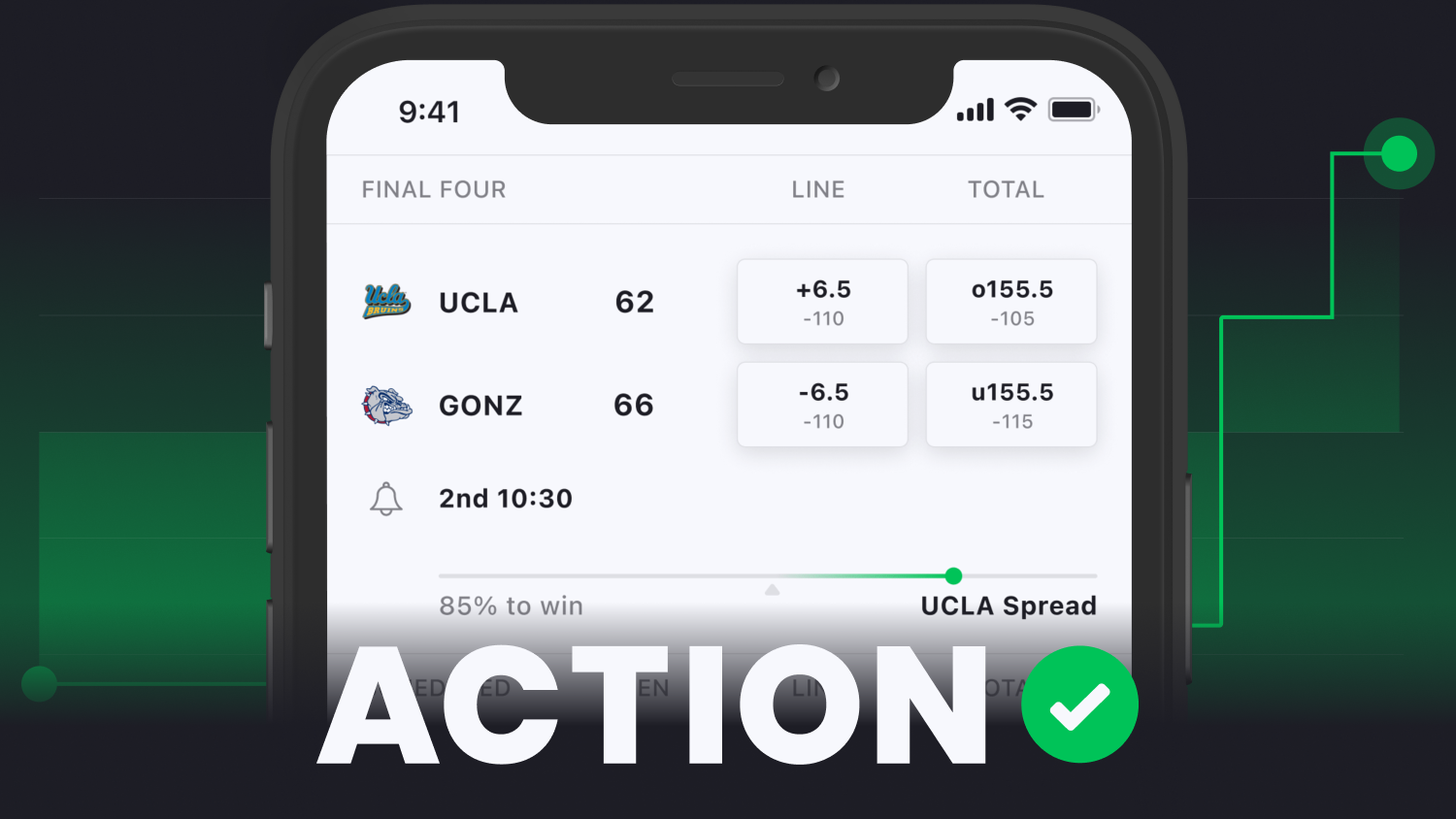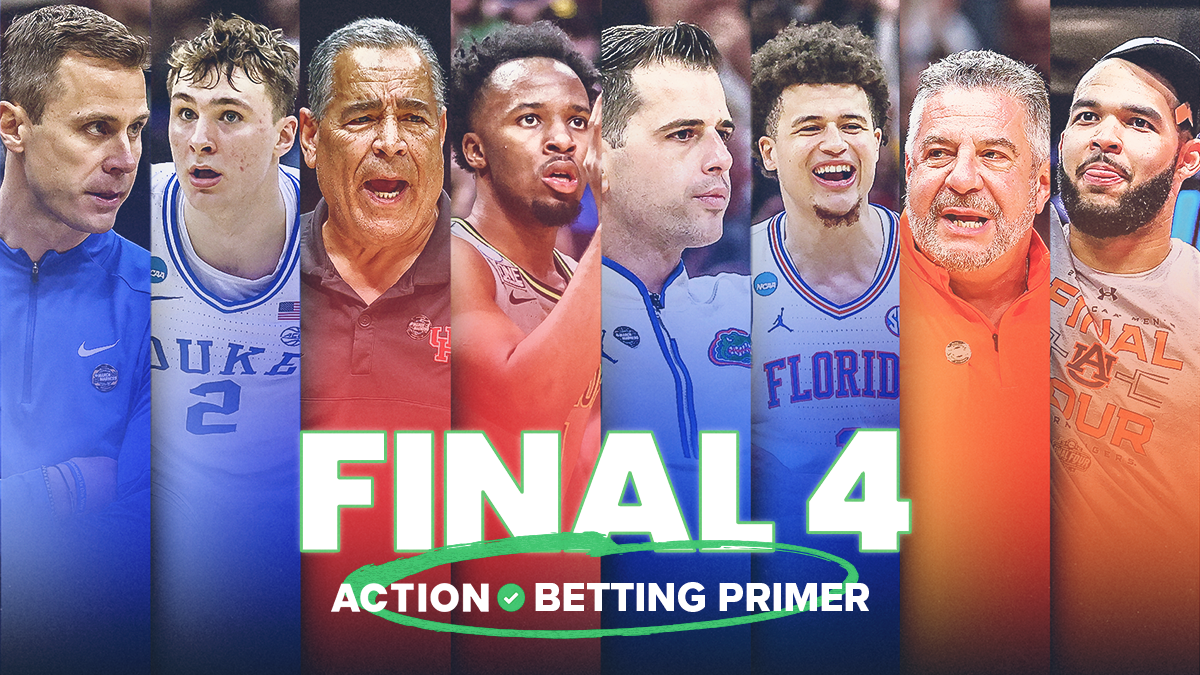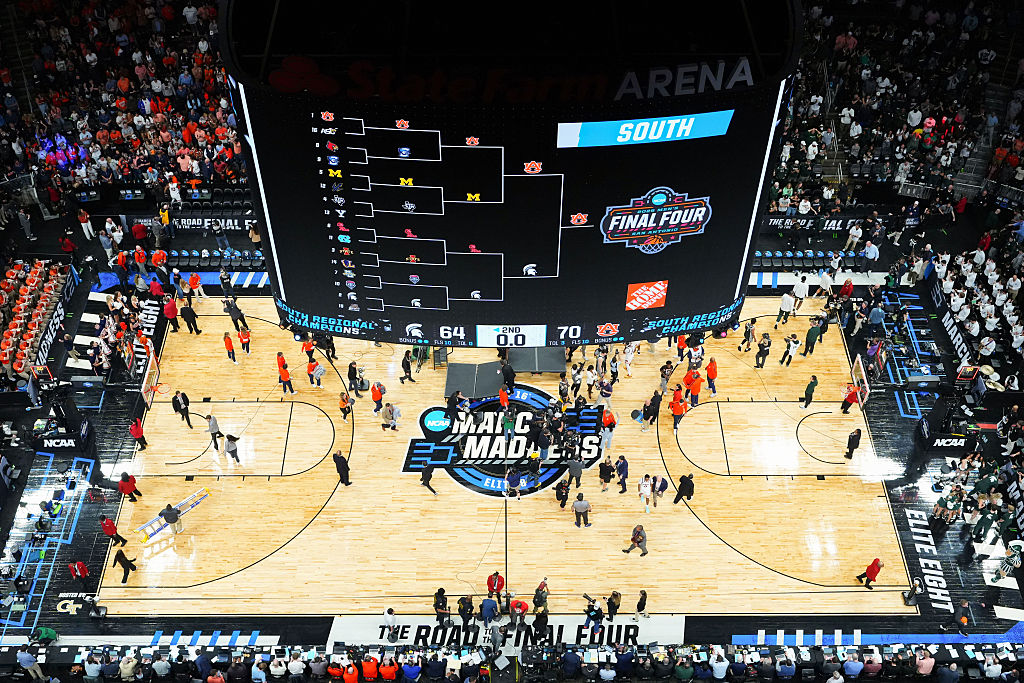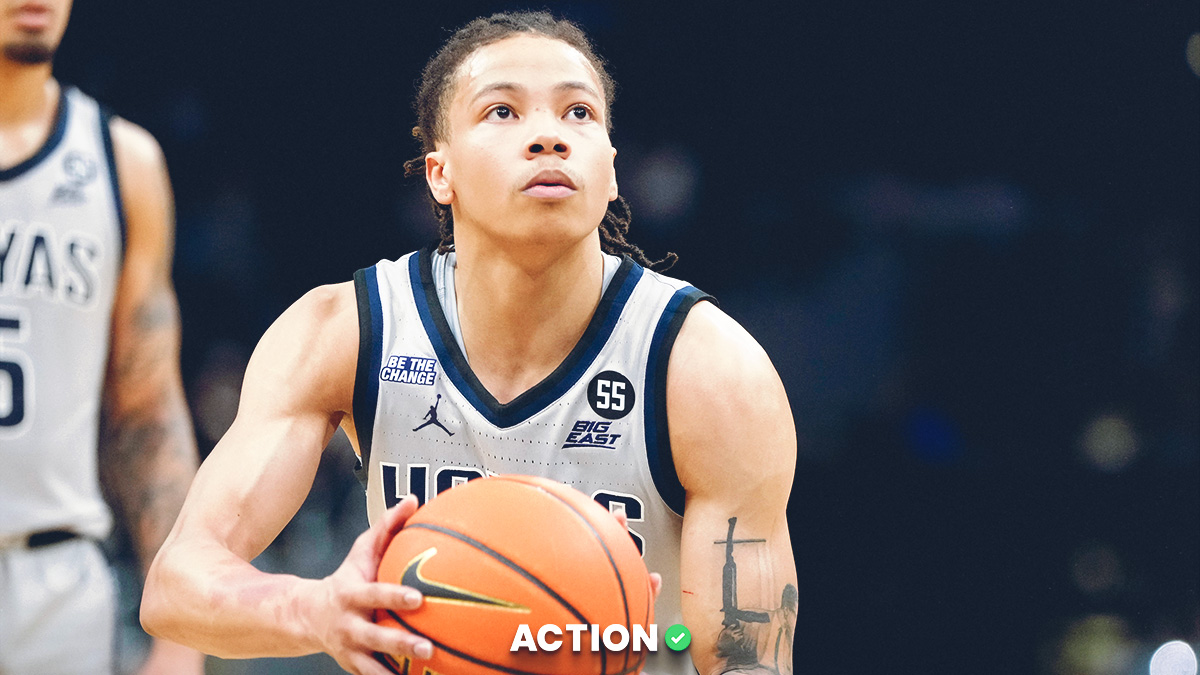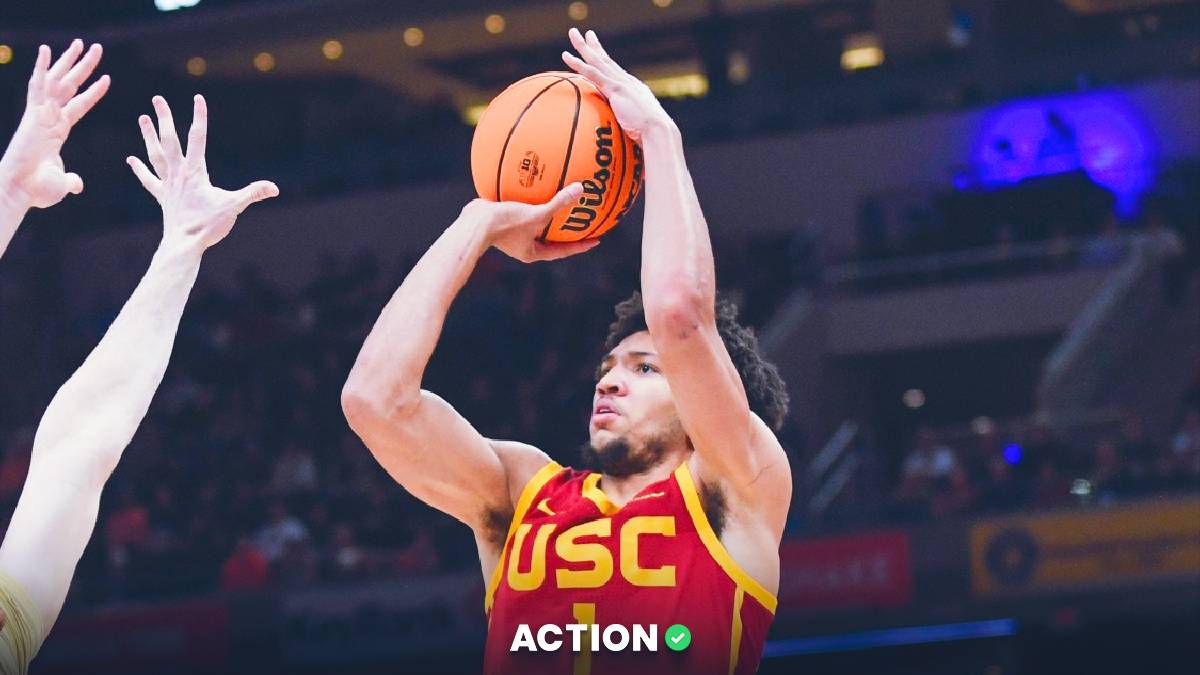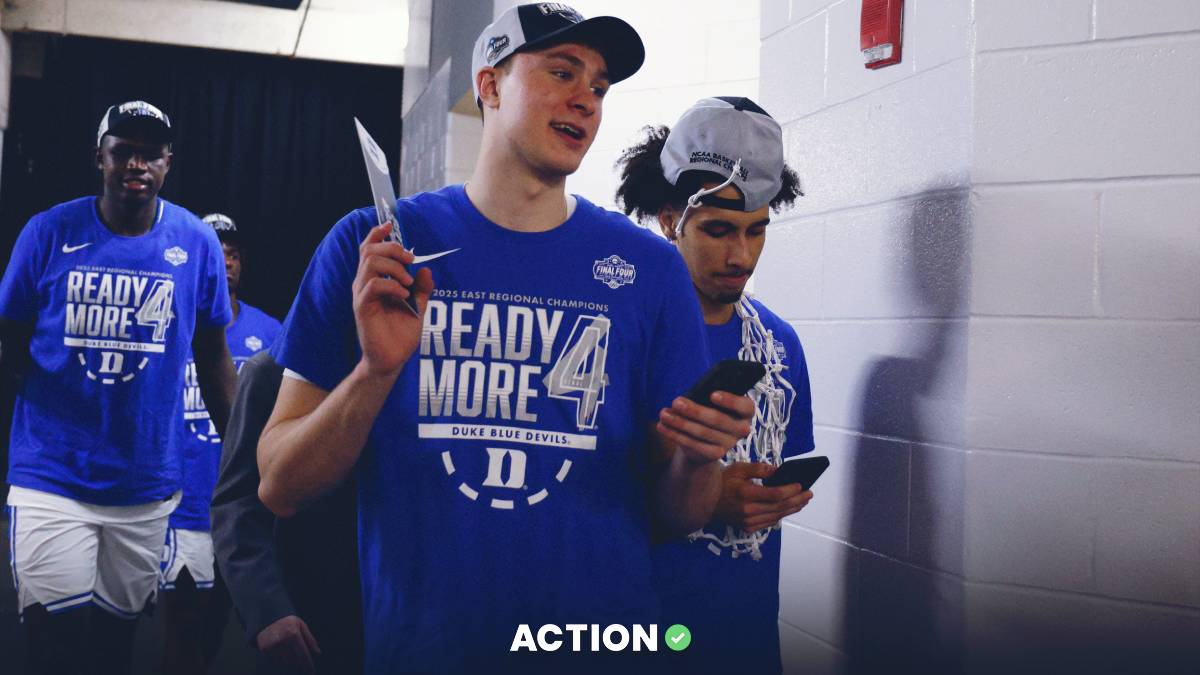Big 12 league play is set to begin in two weeks, as most teams are fine-tuning against a lesser mid-major before the real competition takes a huge leap forward.
Not much has changed from the top of the preseason odds, where Baylor, Kansas and Texas sat as the top three. The Longhorns have shortened the odds, and all three now sit as a near-toss up.
The biggest difference has been the struggles of Texas Tech and the surprise of West Virginia. While neither team likely has a chance at crowning themselves Big 12 champions, let's take a step back and look at the conference as a whole and where each team stands entering conference play.
I broke down the league into three parts: the contenders, too early to tell and the rest of the pack. Pretty self-explanatory, no? Let's begin.
The Contenders
Baylor Bears
Baylor remains the favorite in the Big 12 despite its shaky non-conference performance. Scott Drew's squad has taken care of lesser competition and remains undefeated at home, but the Bears are just 2-2 in Quadrant I games.
There's no shortage of offense in Waco. Baylor is 14th in eFG%, 17th in offensive rebounding rate and 10th in 2-point offense. The Bears can shoot the 3 ball — 19th in 3PA/FGA — and get to the line at a frequent rate.
They rely on the three-headed monster of Keyonte George, Adam Flagler and LJ Cryer. All three average 15+ points per game. Flagler is the facilitator (34th in assist rate) while George has become the workhorse (41st in %shots). Meanwhile, Cryer is the perfect complement.
There are holes for this Baylor team, though. Defensively, its aggression has translated to a top-25 turnover rate. But it's also led to plenty of fouls (312th in FTA/FGA). Opponents are assisting on 62.9% of all field goals — one of the worst rates in the country — and are shooting 36.7% on 3s.
We've seen that be the ultimate downfall for Baylor, as in its two losses, the opposition lit it up from 3. Virginia ended up shooting 9-of-14 (64.3%) while Marquette was 12-of-25 (48%).
This is a physical Baylor team that has the potential to overpower its opponent with a mixture of efficient shooting and defensive pressure. But success will be dictated by the Bears' ability to shore up the perimeter and limit foul trouble.
Kansas Jayhawks
Few teams have as strong of a non-conference resume as Kansas. The defending national champs lost four starters from a season ago, yet are 10-1 with wins over Duke, Wisconsin and Indiana, among others.
Jalen Wilson has taken a gigantic step forward as the star of this team. The junior leads the Jayhawks in points (21.1) and rebounds (9.3) per game. He's also third in assists (3.0).
But it doesn't stop there.
Freshman phenom Gradey Dick is shooting nearly 50% from 3 — and he's shooting them in bulk — while Kevin McCullar Jr. and Dajuan Harris Jr. both sit inside the top 50 in steal rate.
The end product has been a Kansas team that ranks inside the top 15 in both adjusted offensive and defensive efficiency. The Jayhawks love to push transition and are 19th in assist rate.
Bill Self, once again, has himself an efficient offense and a disruptive defense. A lack of size is the only potential issue for the Jayhawks. Wilson (6-foot-8) starts at the five and no player taller than him sees double-digit minutes.
Texas Longhorns
If there were any questions on whether Texas could compete for a national title, they were answered in a 21-point beatdown of Gonzaga.
Since then, it's been a tumultuous month. A win against Creighton was followed by a late breakdown against Illinois. Head coach Chris Beard was arrested soon thereafter and remains away from the team.
How Texas plays in the face of adversity will be extremely telling once Big 12 play gets underway. The team has loads of talent. This is a lethal defense that ranks 16th in eFG% and 10th in turnover rate.
The Longhorns are 10th in Division I experience, and Marcus Carr has been the do-it-all leader. He leads Texas in points (15.6), assists (4.3) and steals (1.9) while running an extremely disciplined offense.
Defense is the Longhorns' speciality, but their offense is no slouch. Texas is 11th in 2-point offense, shooting nearly 60%. This is a physical team on both ends of the floor, where aggressiveness leads to constant attacks at the rim.
Aside from potentially losing Beard for the season, Texas' biggest struggles come from 3, where it's shooting just 30.6% from beyond the arc (294th).
Too Early To Tell
TCU Horned Frogs
It's hard to formulate an opinion on TCU after non-conference play. Aside from their extremely easy path — only one Q1 game, a win over Iowa — the Horned Frogs have often been shorthanded.
Leading scorers Mike Miles Jr. (17.7 PPG) and Emanuel Miller (12.1 PPG) have battled injury while Damion Baugh (11.5 PPG) served a six-game suspension to start the season.
At full health, TCU is presumably as good as anyone in the Big 12. It has the perfect mixture of veterans and youthful talent, plus it has length and a strong defensive scheme.
The Horned Frogs rank inside the top 20 in eFG% and 3-point defense, 29th in turnover rate and 36th in 2-point defense. This is a disruptive defensive unit that's only going to get better as team chemistry progresses.
Through 10 games offensively, TCU has proven to be a pest on the offensive glass (25th), but have struggled finishing. The Frogs are 177th in eFG% and all the way down at 293rd in 3-point shooting.
Jamie Dixon's squad relies on finishing at the rim or drawing contact for offense, and that really encapsulates what this Horned Frogs team is. They're incredibly athletic and strong, but aren't particularly consistent shooters.
West Virginia Mountaineers
The biggest surprise out of the Big 12 has to be the performance of Bob Huggins' squad in non-conference play.
The Mountaineers were projected as a middle-to-bottom-of-the-pack team entering the season, and they've surpassed expectations.
With a brand new starting lineup of five senior transfers, West Virginia has added double-digit wins over UAB, Florida and Pittsburgh to its NCAA tournament resume.
Rather than defensive disruption being the key — the Mountaineers are 27th in turnover rate but average elsewhere — offense has been critical to the team's success.
WVU is 18th in eFG% and sits inside the top 50 in both 2-point and 3-point offense. The Mountaineers attack the glass and draw fouls at a high rate, too, all while not turning the ball over.
Erik Stevenson (South Carolina) has starred in his new role, averaging 14.4 points on 46.3% shooting from 3. He's the main shot-taker on this offense and the best all-around offensive player.
This has been an incredible team effort, where chemistry hasn't been close to an issue. The Mountaineers are deep (42nd in bench minutes) and talented.
Defense is the lone area to address.
Similar to his last few years at the helm, Huggins' squad is disruptive and forces a lot of turnovers. But at the same time, the Mountaineers are about average once the opponent settles in.
Their lone glaring issue is foul trouble. The Mountaineers rank 308th in FTA/FGA, as opponents score nearly 22% of all points from the charity stripe.
If the offense continues to click for West Virginia, this team is no slouch and can definitely pull off some major upsets against the Big 12's best.
Texas Tech Red Raiders
A team that many were high on — yet has been disappointing in the early going — is Mark Adams' Red Raiders.
Beneficiaries of an easy non-conference schedule, Texas Tech will likely enter Big 12 play at 10-2. But its best win? Louisiana Tech.
In its two lone Quadrant I games, Texas Tech fell to both Creighton and Ohio State. It nearly lost to Nicholls State and went wire-to-wire with Eastern Washington.
The Red Raiders have been without Fardaws Aimaq, who has yet to play a game this season due to an injury. He also reportedly planned to enter the transfer portal before pulling back and announcing his intent to remain in Lubbock.
His return would be huge for Texas Tech. He averaged 18.9 points and 13.6 rebounds per game at Utah Valley a year ago.
His presence will be boosted alongside 6-foot-11 Daniel Batcho, who has taken a huge sophomore-year leap.
Batcho is second on the team in points (13.0), first in rebounds (8.3) and first in blocks (1.8) by a wide margin.
Kevin Obanor remains the star of an offense that ranks 49th in eFG% and 36th in 2-point percentage. The Red Raiders are, however, 253rd in turnover rate.
Defensively, Adams once again has himself a disruptive squad. The Red Raiders rank 16th in turnover rate and inside the top 60 in 2-point defense and keeping opponents off the glass.
Opponents have been relying on the 3 ball to get by Texas Tech — 42.6% of shots are from beyond the arc — where TTU ranks 115th.
I'm not sold on this Texas Tech team yet, and I think there's a lot left on the table at this point. If it's struggling with turnovers against the Nicholls States of the world, the Big 12 defensive intensity could spell doom for Adams' squad.
Rest of the Pack
Kansas State Wildcats
One of the harder teams to read has been Kansas State. Often picked at the bottom of the Big 12, the Wildcats will likely enter conference play at 11-1, with a 4-1 record against teams inside KenPom's top 100.
Jerome Tang has his first shot at a head coaching gig after spending nearly 20 years at Baylor, and his squad has answered the call. Four starters are brand new and just one rotational player (Ismael Massoud) played at Kansas State before this season.
This is a very interesting Wildcats team. Offensively, they're fifth in assist rate (67.4 A/FGM), but also 234th in turnover rate. They're an above-average offense that primarily finds success inside (70th in OR%, 78th 2P%).
Markquis Nowell has been effective at the helm of the offense, averaging 14.0 points and 8.1 assists per game.
Keyontae Johnson has also become a star, averaging 17.8 points and ranking 21st in TS%.
On the defensive end, Kansas State ranks 11th in turnover rate and inside the top 100 in both 2-point and 3-point defense. The Wildcats foul a lot (267th in FTA/FGA), but have been particularly effective in non-conference play.
The Wildcats are just 264th in bench minutes and aren't particularly deep. They're also 294th in average height, but that's mostly driven by the 5-foot-8 Nowell.
Iowa State Cyclones
Iowa State will likely remain a middle-of-the-pack Big 12 team the entire season. The Clones are about as average as teams come, but they have a sneaky-strong defense that ranks No. 1 in turnover rate.
The Cyclones have taken care of Villanova, North Carolina and St. John's this season, but have also suffered blowouts at the hands of Connecticut and Iowa.
Offense is not their strong suit. T.J. Otzelberger's offense is slow-developing, and Iowa State ranks outside the top 200 in 3-point shooting and 180th in turnover rate. The team doesn't draw fouls, either.
Jaren Holmes (St. Bonaventure) has become the primary ball handler of this offense. He leads the team in points (13.8) and is second in assists (3.1).
This is an experienced Cyclones team — eighth in Division I experience — but quite frankly an average one.
Iowa State's defense ranks 257th in keeping opponents off the glass and an even worse 288th in FTA/FGA. Nearly half the shots the Cyclones give up are from beyond the arc, too.
But they're a stronger defensive team inside behind centers Robert Jones and Osun Osunniyi.
Do they have the potential to pull off an upset or two? Sure. But the bottom quadrant of this conference is where teams become shaky.
Oklahoma Sooners
After an upset loss to begin the season against Sam Houston, Oklahoma has slowly begun to develop its identity.
This is the No. 3 team in the country in eFG%, and the Sooners rank inside the top 15 in both 2-point and 3-point offense. Like in years past, Porter Moser's squad is slow and methodical on offense.
Grant Sherfield is the star and is shooting a blistering 55.4% from 3 through 11 games. The Nevada transfer has seamlessly transitioned into Moser's offense alongside the Groves brothers.
The two — Jacob and Tanner — both rank inside the top 75 in eFG% and score in double figures. Tanner ranks 11th in defensive rebounding rate and 10th in 2-point percentage.
While the Sooners are efficient on the offensive end, they don't crash the glass hard. Rather they get back and set up the pack-line defense. The Sooners don't force many turnovers — 297th in the country — but they do rank 26th in 3-point defense.
Their biggest flaw has been 2-point defense. Opponents get 60% of their points from inside the perimeter, where OU ranks 209th.
The Sooners rebound well, but their opponents' shots are often good looks that drop.
Oklahoma State Cowboys
If you want to talk about a tumultuous non-conference, look no further than Oklahoma State.
The Cowboys were upset by Southern Illinois in the second game of the season and have yet to beat a team inside KenPom's top 80. They are 7-4 and dangling by a thread despite a strong defense.
Oklahoma State is 10th in eFG% on defense and top-25 defending both 2s and 3s. The Cowboys don't force a ton of turnovers and are about league average in FTA/FGA.
However, they're extremely disruptive around the rim.
7-foot-1 Moussa Cisse is a big reason why, and is fifth in the country with a 14.1 block rate. He has no real offensive game, but averages 10.5 boards and 3.1 blocks per game.
Cisse follows the trend of most Cowboys: little offense, strong defense.
Oklahoma State is 168th in eFG% and 260th in 3-point shooting. While it rebounds well — again, its athleticism and length is disruptive — it deals with plenty of turnover issues (307th).
Oklahoma State can overpower the average mid-major programs, like it often has throughout non-conference play. But the more physical Big 12 teams should lead to plenty of struggles for the Cowboys, who rely on winning ugly.
Big 12 State of Conference Wrap Up
At this point, I wouldn't take a flier on any of the top three teams in the Big 12. The value has all but dissipated with Texas, and its uncertainty with Beard turns me away from backing it despite its potential.
There are two teams that I think have some value and are worth eyeing as conference play gets underway. Those squads are TCU (+1600, BetMGM) and Texas Tech (+2900, FanDuel).
Let's start with the Red Raiders. There's a reason they were (+700) in preseason, and while they've struggled with turnovers, Pop Isaacs is still adjusting to Division I play and Aimaq's debut will be a huge boost.
The Red Raiders have been too reliant on Obanor, and adding a 6-foot-11 big that can stretch the floor and is effective on both sides of the ball cannot be understated.
The upside is too much to pass on for TTU at this price.
The Red Raiders' stock is low because they haven't played particularly well in non-conference play, but two of their hardest tests in the Big 12 come right away: at TCU and home against Kansas.
Two wins and all of a sudden Texas Tech shoots up the rankings. If you look across sportsbooks, +2900 is a bargain compared to what most books are offering on the Red Raiders — most books are +1000 to +1500 shorter.
The same can be said about the Horned Frogs, who are finally back at full health. We don't know the ceiling of this team, but it's incredibly high. TCU was a trendy pick before the season to make some noise, and not much has changed in the odds since.
TCU is going to have a strong defense, it's just a matter of how its offense develops. Miles-Miller-Baugh is a powerful three-headed monster and can keep up with the Big 12's best.
Three of the Frogs' first four games come against Texas Tech (home), Baylor (away) and Texas (away). Coming away with two wins would quickly boost this team up the boards.
I'll be backing Texas Tech (0.3u at +2900) and TCU (0.2u at +1600) to win the Big 12 regular season before conference play gets underway. The uncertainty with Texas — paired with Baylor's defensive issues early — makes this conference a bit more wide open than people expected before the season.


